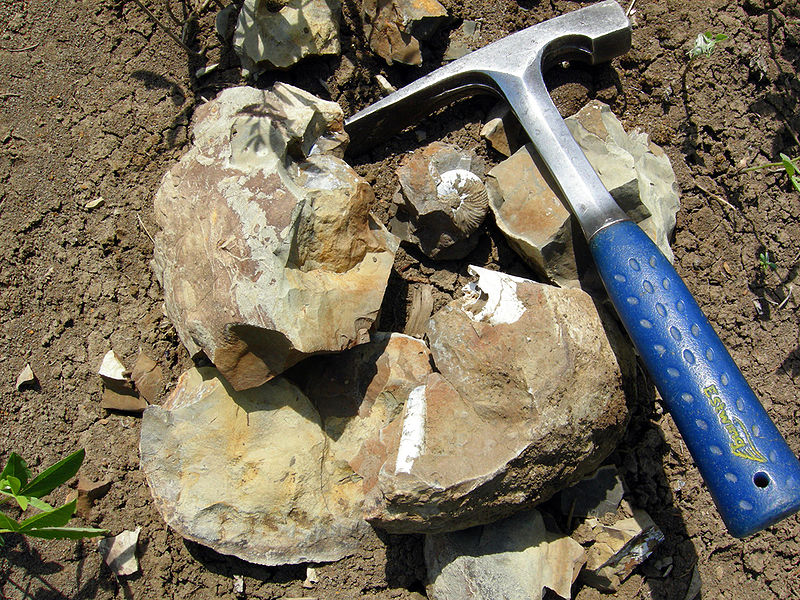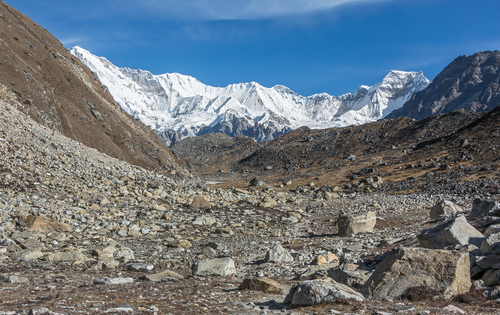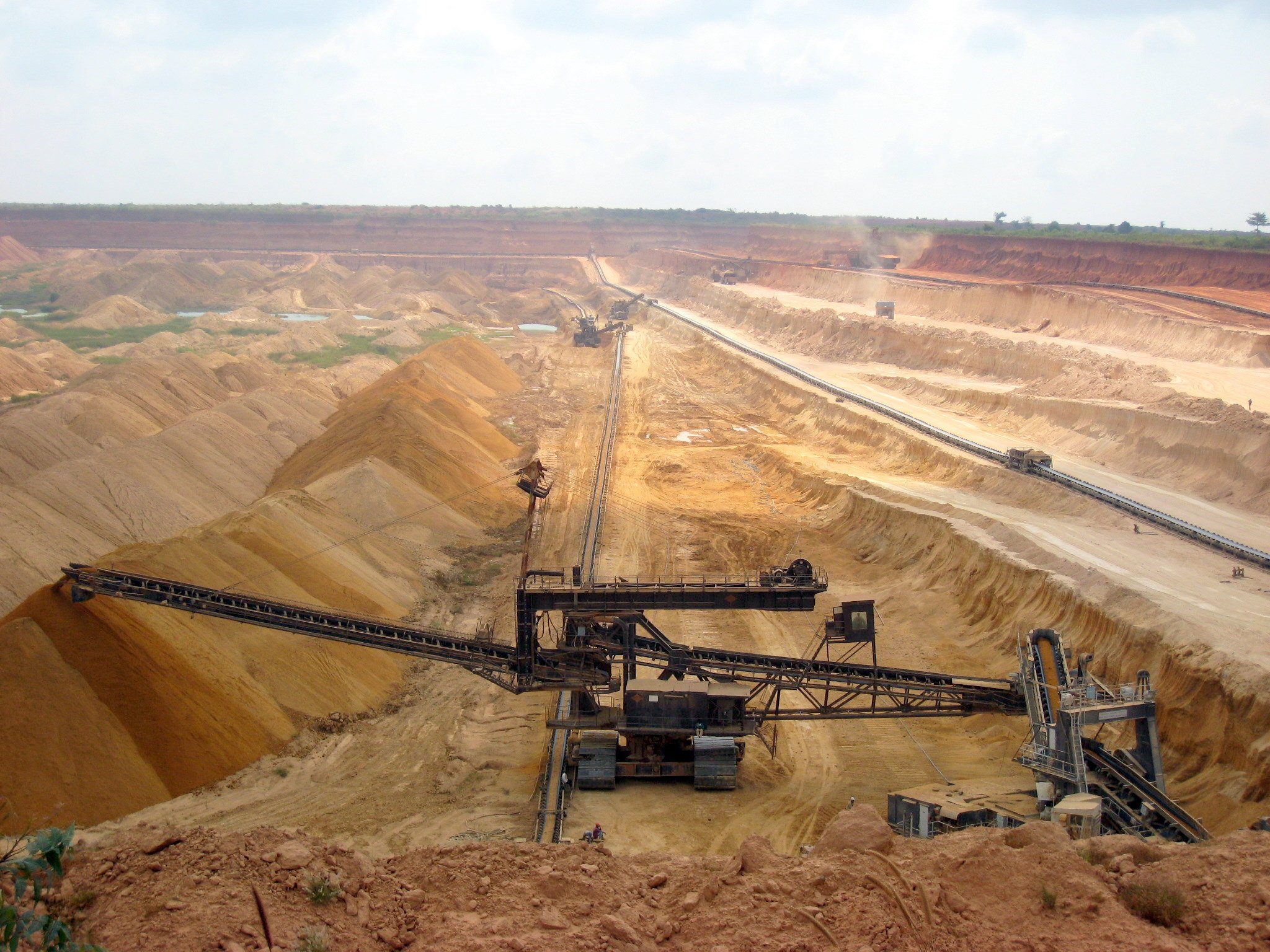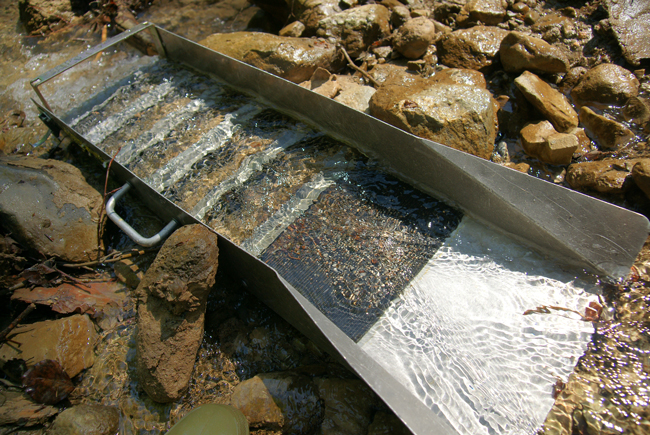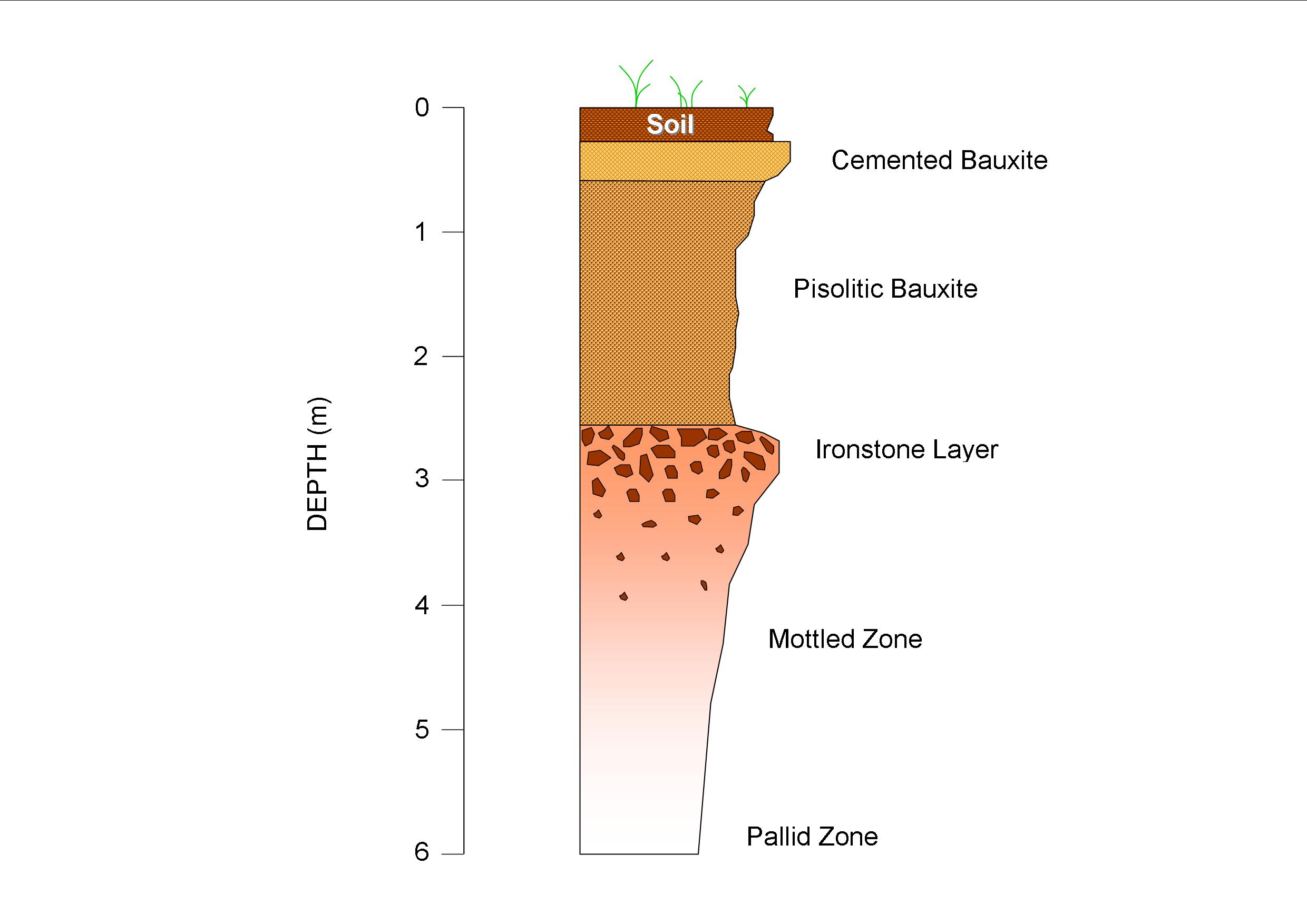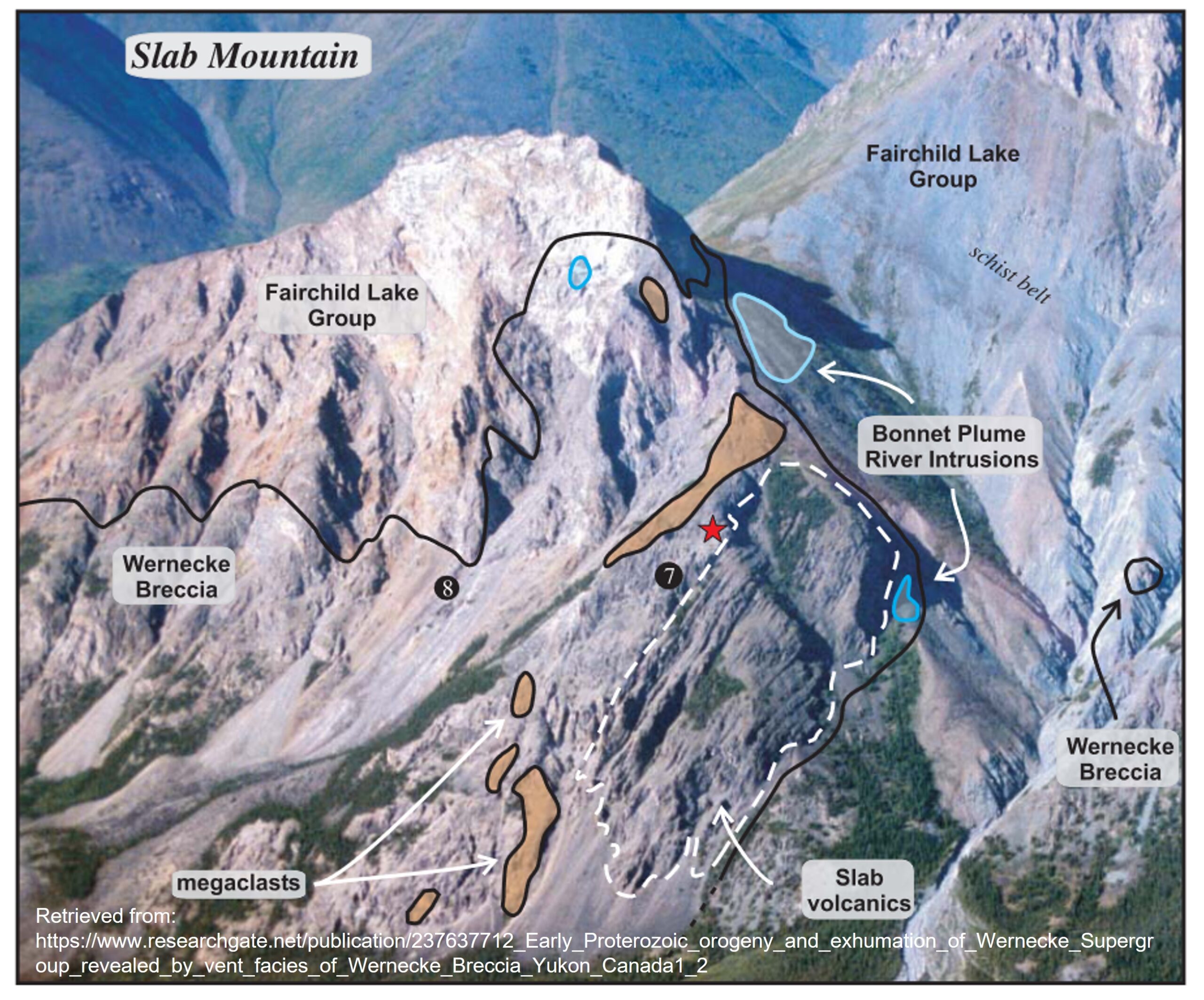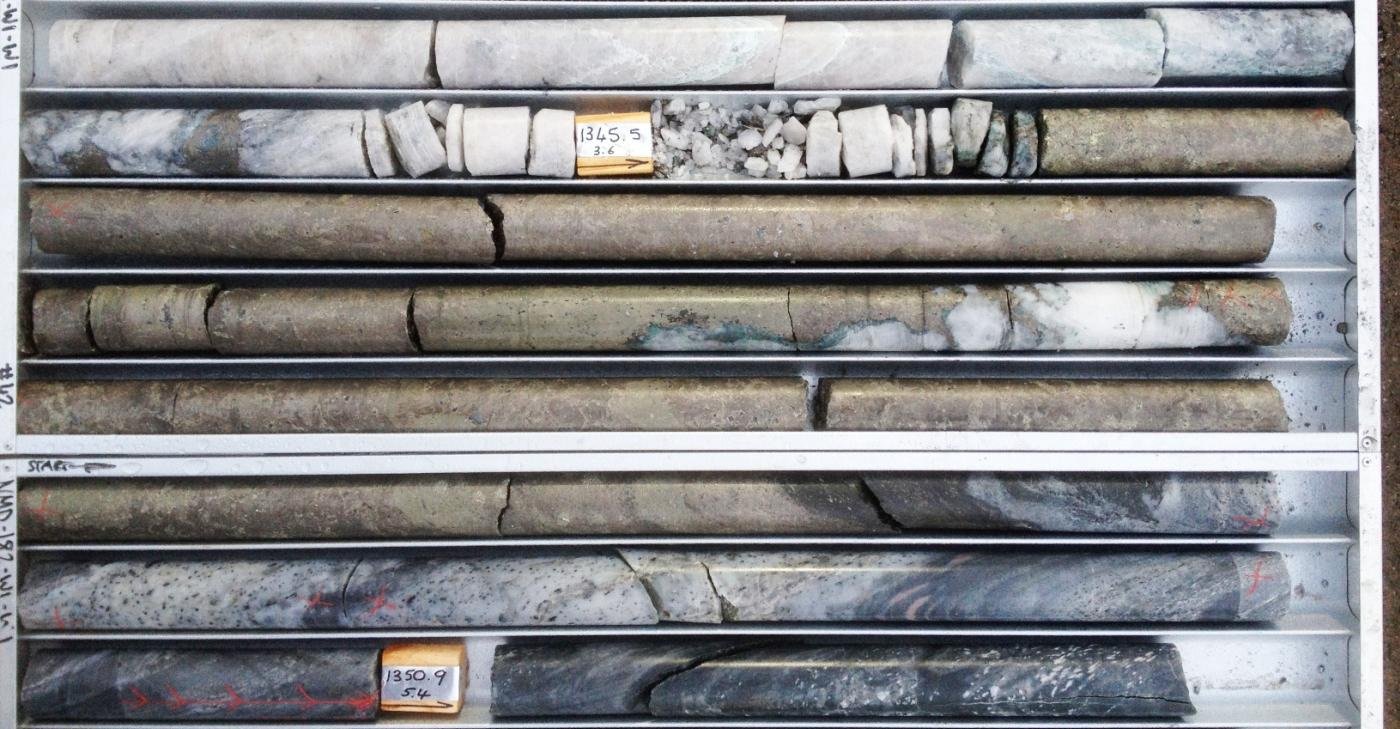Finding an economic mineral deposit is a big deal, but few geologists get to add “found a mine” to their resume. Why? Economic conditions such as commodity prices and availability of financing no doubt play a huge role, but one of the biggest factors in determining whether or not a mine might be feasible is location. Luckily for investors, it is reasonably easy to determine, at least on a very basic level, the risk associated with investing in a particular project location.
The road from mineral deposit to a working mine can be a bumpy one – literally and figuratively.
On a large scale, the country of investment can make a huge difference in determining the likelihood of success. Countries with unstable governments or those lacking a consistent rule of law can be a risky investment. More than one company has had its mine confiscated by a national government or its exploration teams run out of a country by an angry populace. In developed countries, public sentiment over environmental issues or extensive regulatory processes can add years to the process with no guarantee of success.
More than one company has had its mine confiscated by a national government or its exploration teams run out of a country by an angry populace.
At the local level, project development can be subject to the NIMBY (Not in My Back Yard) effect. Mining may be welcome in remote or economically depressed areas, but projects near large urban centers, resort or recreational areas may find significant public opposition. In addition, while many local governments allow mineral exploration within the boundaries or along the fringes of parks and protected lands, large scale development in these areas may be all but impossible and companies may find their projects stalled by local regulations or permit withdrawals.
Developing on lands occupied or traditionally used by indigenous populations may also be difficult. This is especially true where unresolved disputes or treaty lands are involved. In addition, many aboriginal communities have large established traditional use areas in remote areas. Establishing a dialog and working relationship with these communities has become the de facto standard for smart companies.
Physically accessing a project area can be a challenge in and of itself. The economic feasibility of a project is greatly affected by access and logistics. A project that is accessible only by helicopter or float plane must be that much more valuable than one that can be accessed by road, rail or cleared trails. While roads can be built for late stage development projects, the high cost of access can break exploration budgets even in the early stages. This is especially true where frequent air travel is required.
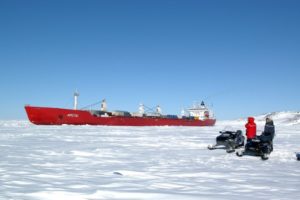
That said. Mineral deposits don’t show up where we ask them to and a high-grade mineral deposit in a remote or politically challenging location might be worth the risk. The Polaris mine in Northern Canada (1982-2002) is an extreme example of a logistical challenge. The underground Lead-Zinc mine was located in 700 miles north of the Arctic Circle on Little Cornwallis Island. Ore was shipped out by icebreaker and employees flown in on multi-week rotations from great distances. This was possible because the deposit consisted of more than 20 million tons of high grade ore (~14% Zinc and ~4% Lead) in a soft sedimentary host rock, next to a natural deep water harbor. Despite its remote location and the high costs associated with its operation and development, the mine was economically feasible for twenty years.
While investing in junior mining companies is always a risky business, some risk may be mitigated by taking a look at the project locations and assessing the political and logistical challenges. You may not want to invest in a company that draws a few lines on a map and hopes for the best. Of course, the opposite is also true. A thoughtful, serious exploration or mining company will carefully consider these issues before taking a land position and their arguments may warrant your attention.
Subscribe for Email Updates


